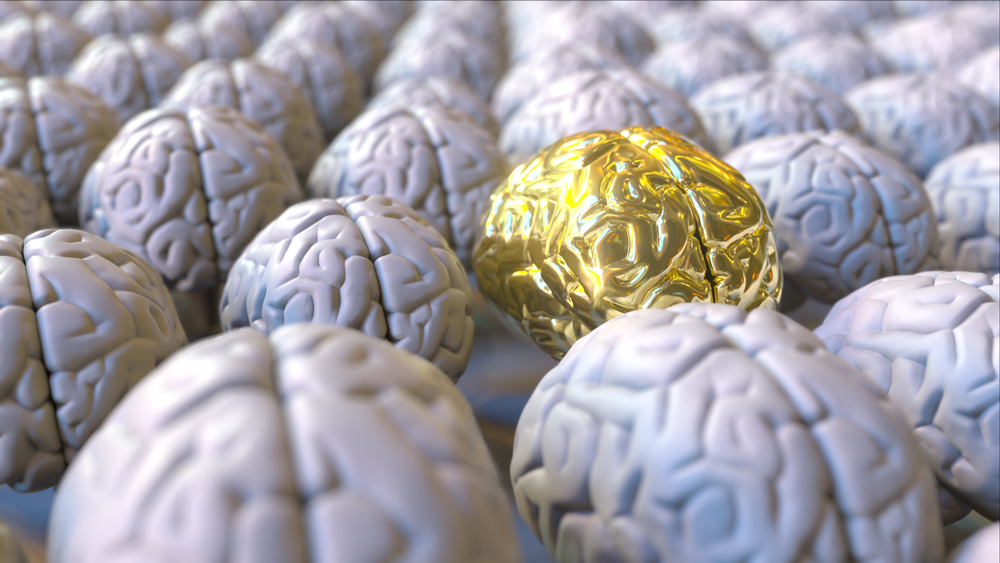Strategic thinking development Worksheets for Ages 3-7
10 filtered results
-
From - To
Our collection of Strategic Thinking Development Worksheets for Ages 3-7 is designed to nurture young minds through engaging, interactive activities. Created by experts, these worksheets playfully challenge kids to think creatively, reason logically, and solve problems strategically. Featuring colorful puzzles, matching games, and sorting exercises, our resources stimulate cognitive growth and critical thinking. Perfect for preschoolers and early grade learners, these worksheets not only enhance strategic thinking but also build foundational skills for long-term academic success. Ignite your child’s curiosity and set the stage for a lifetime of learning with our fun, comprehensive strategic thinking activities.


Chess Pieces Quest Worksheet
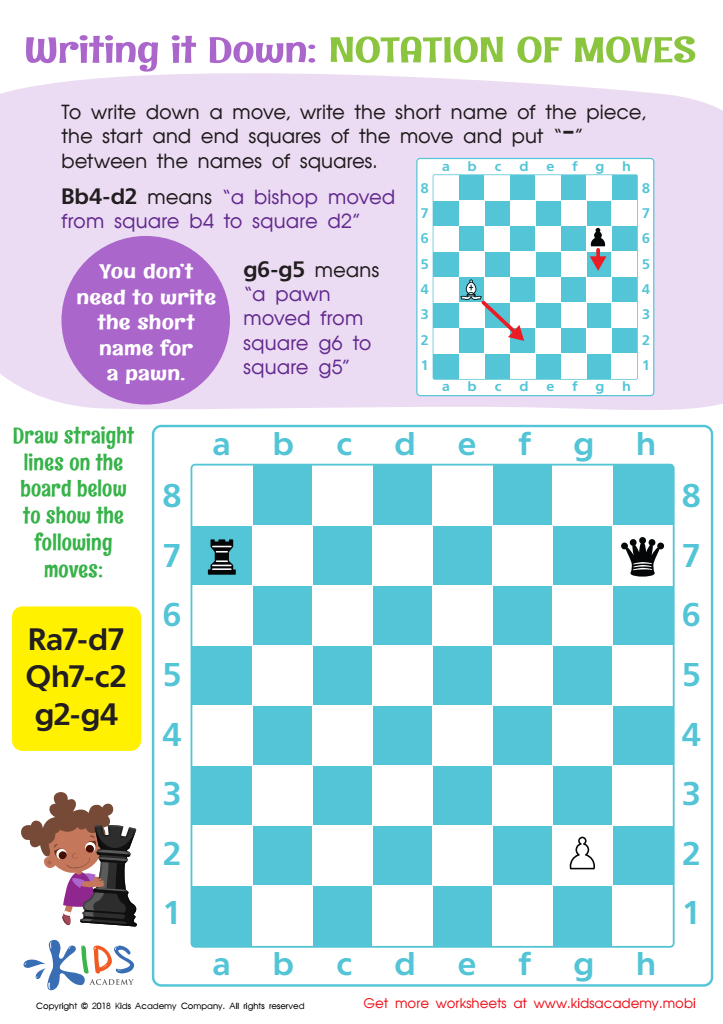

Notation of Moves Writing it Down Worksheet
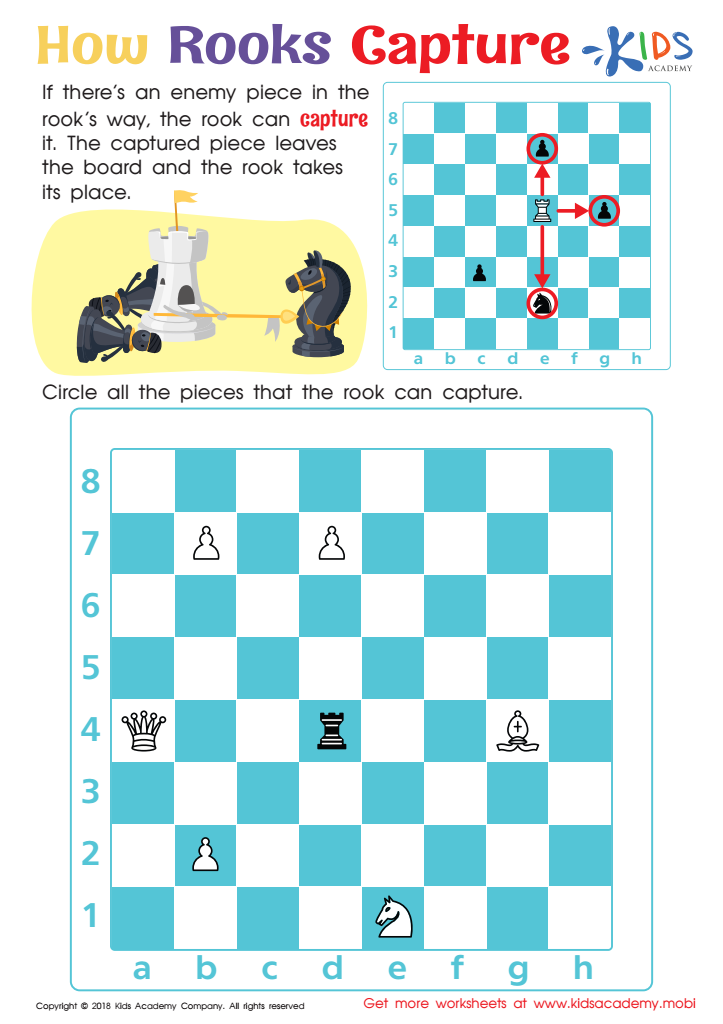

How Rooks Capture Worksheet
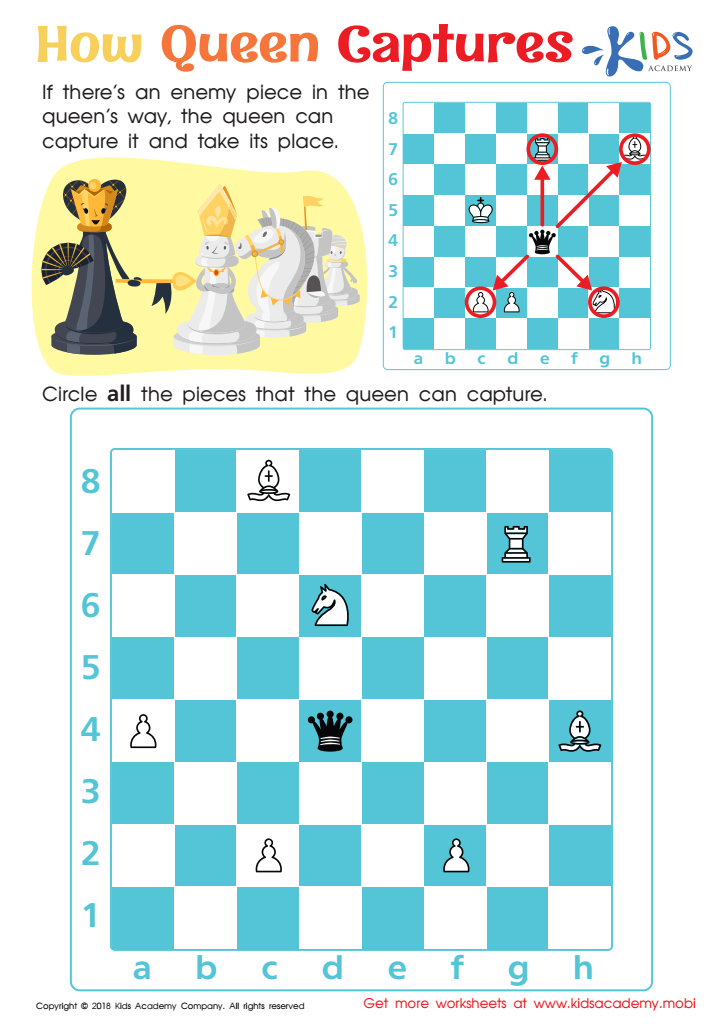

How Queen Captures Worksheet
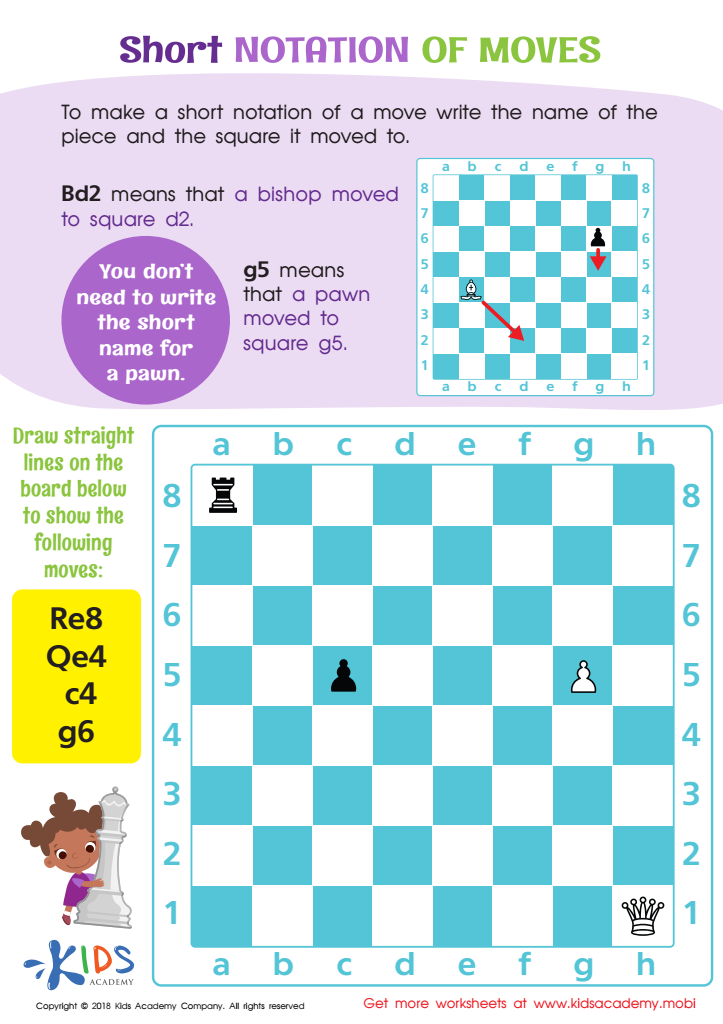

Short Notation of Moves Worksheet
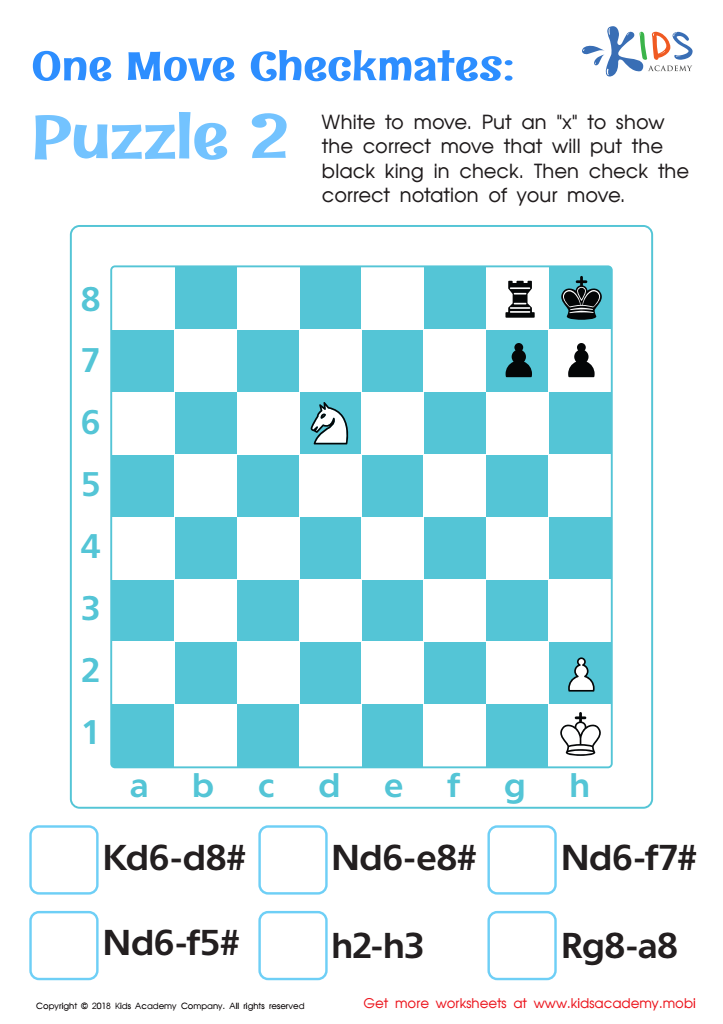

One Move Checkmates: Puzzle 2 Worksheet
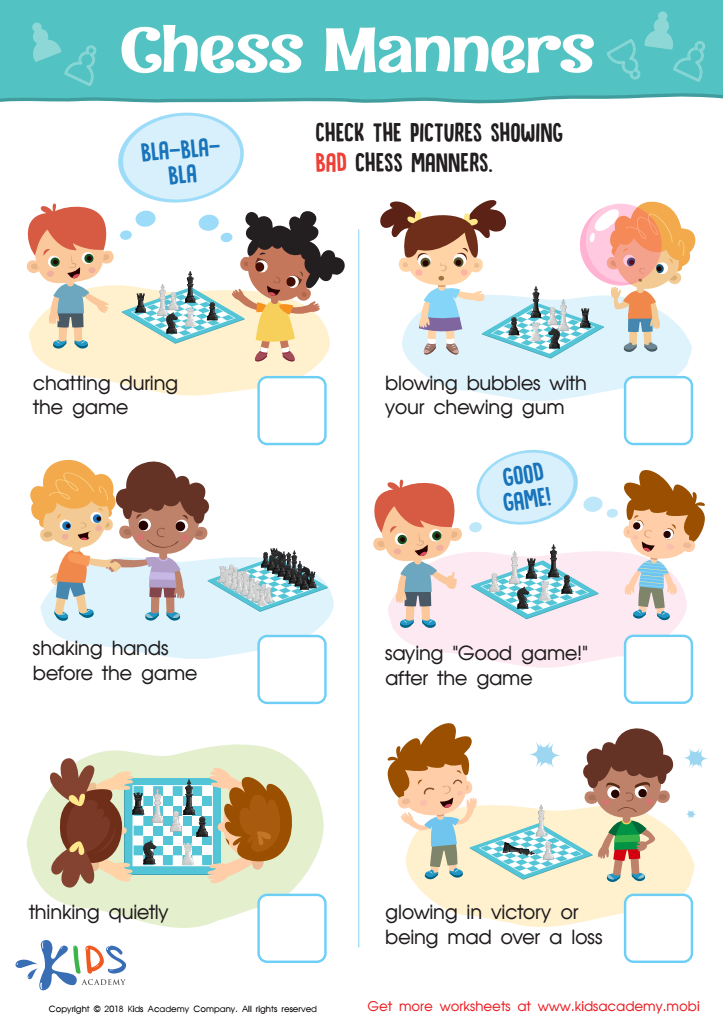

Chess Manners Worksheet
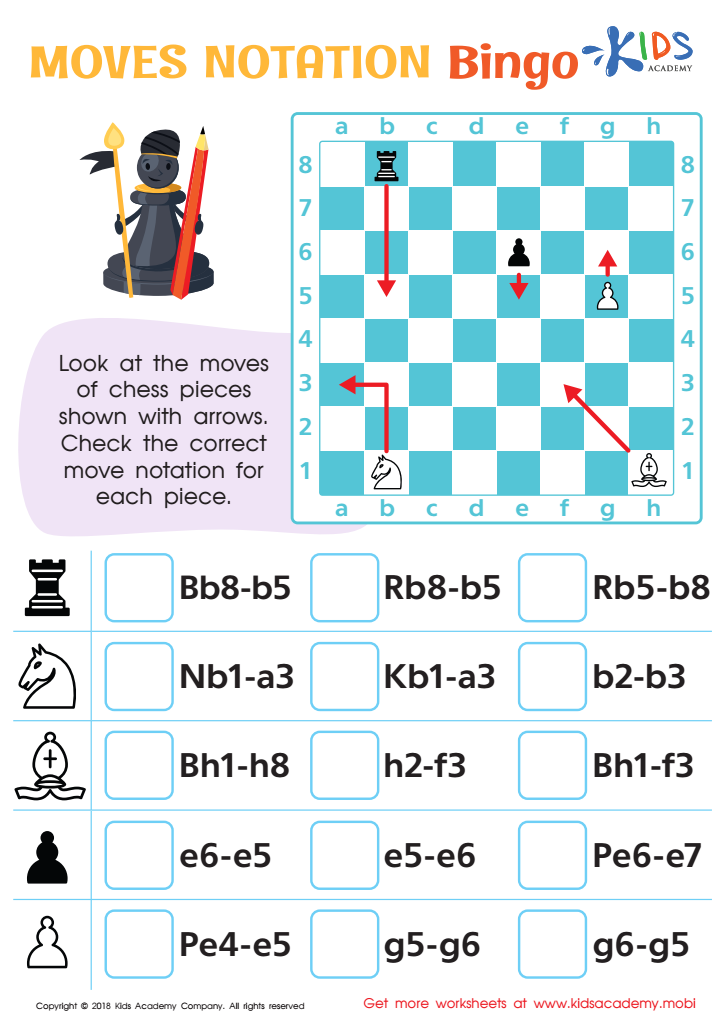

Moves Notation Bingo Worksheet
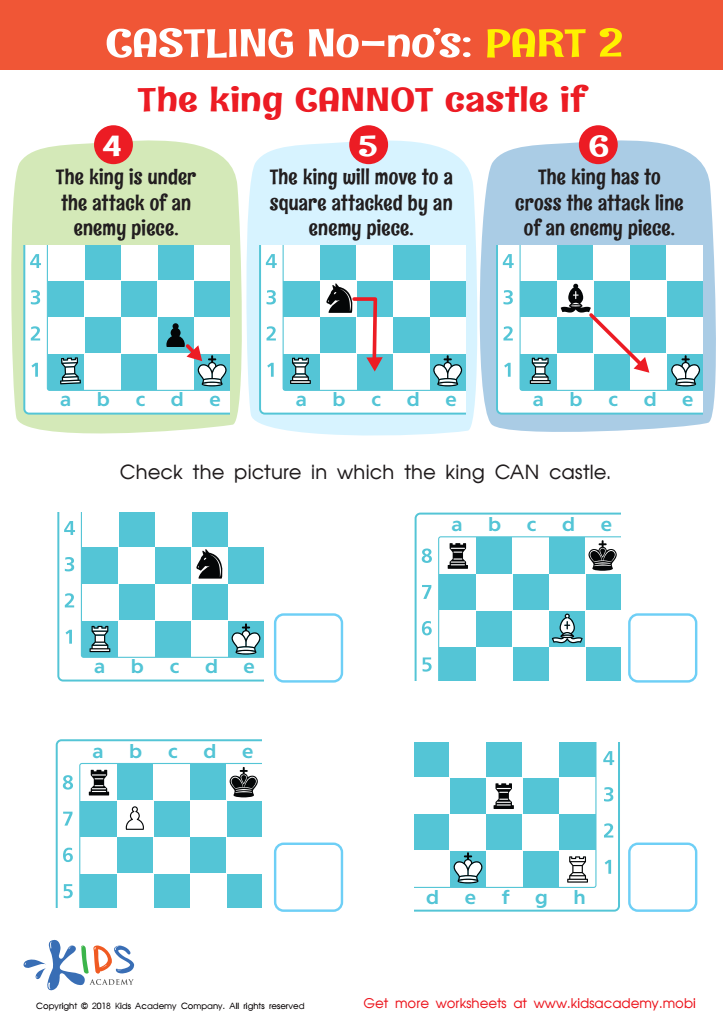

Castling No - no's: Part 2 Worksheet
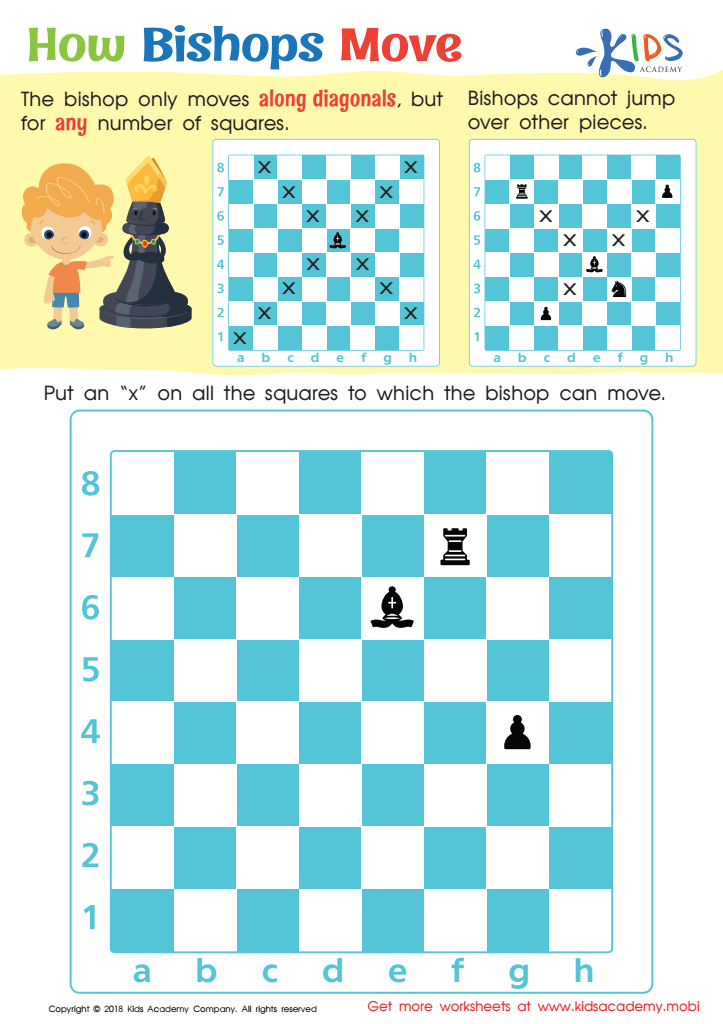

How Bishops Move Worksheet
Strategic thinking development is crucial for children aged 3-7 as it lays the foundation for essential cognitive and problem-solving skills that are significant throughout their lives. At this young age, the brain is highly malleable, making it an ideal period for nurturing the ability to plan, analyze outcomes, and think ahead.
Parents and teachers play an instrumental role in this process. By engaging children in activities, such as puzzles, cooperative games, and storytelling, adults can foster their ability to visualize different consequences and formulate strategies. This not only enhances the child's logical thinking but also improves decision-making and social skills as they learn to navigate shared goals and roles during play.
Additionally, strategic thinking encourages a growth mindset. Children begin to understand that challenges can be met with inventive solutions and perseverance, rather than being seen as insurmountable obstacles. This mindset significantly influences their academic and personal success in later years.
Moreover, these skills provide children with a sense of independence and confidence. When children are equipped to think strategically, they interpret their environment with greater understanding and anticipation, leading to improved self-reliance. In summary, focusing on strategic thinking nurtures a well-rounded, adaptive, and proactive approach to learning and interacting with the world.

 Assign to My Students
Assign to My Students






